
How To Pick The Perfect Paint: The Psychology Of Colors
“Mere color, unspoiled by meaning, and unallied with definite form, can speak to the soul in a thousand different ways.” ― Oscar Wilde
Most of us have heard at one time or another that colors can instantly set mood, convey an emotion, invoke a physiological reaction or inspire people to take action. The psychology of colors can be very important when it comes to selecting paint colors for the interior of a home, but many of us are not informed of the exact science behind the art of design and what colors represent.
Did you know that the associated moods of emerald green are positive, luxurious, jewel-like and up-scale? Were you aware that teal is associated with positive, serene, cool, tasteful, sophisticated and confident moods? Or that blue purples invoke contemplative, meditative, spiritual, soul-searching, intuitive, mysterious and enchanting moods? Think about how useful and crucial this information is when choosing paint colors for specific rooms in your home. Understanding the power of colors is extremely valuable knowledge for any homeowner to embrace.

Why Color Matters
According to the Institute for Color Research, people make a subconscious judgment about an environment or product within 90 seconds of initial viewing. Between 62% and 90% of that assessment is based on color alone. What does this mean for you? It means brushing up on why color matters and being aware of how color affects mood is extremely beneficial as you pick paint colors for the interior of your home.
We were born to process information through visualization and color. Although the olfactory (smell) sense was a human being’s most important source of input in the pre-historic era, sight became our most important means of survival. Furthermore, as hunters and gatherers in the early days of our evolution, we experienced a variety of colors and forms in the landscape. This has become part of our genetic code.
In our current state of evolution, vision is the primary source for all our experiences. In fact, current marketing research has reported that approximately 80% of what we assimilate through the senses, is visual.
Our nervous system requires input and stimulation. With respect to visual input, we become bored in the absence of a variety of colors and shapes. Consequently, color addresses one of our basic neurological needs for stimulation.
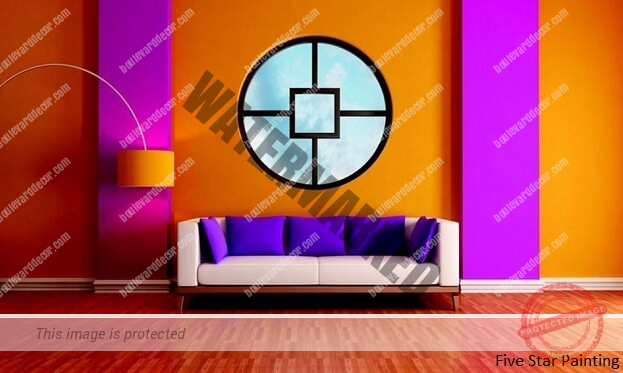
Choosing Color Schemes for Each Room
Science supports that humans subconsciously choose to interact with pictures before words, because sight is our most developed sense. It’s important to recognize the fact that not every room in your house plays the same role, and therefore, not every room should be painted the same color. Research has been done to help guide you through what paint colors you should use in each room. See below for suggestions and examples.
Green Bedroom: Tranquility and health
In your bedroom and bathroom, cool paint colors can form a relaxing atmosphere.
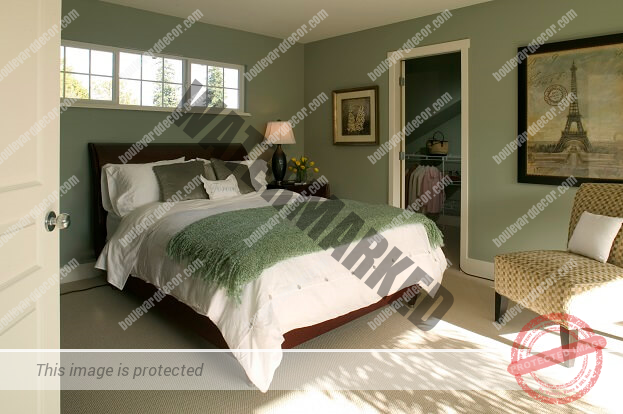
Pink Girl’s Room: Calming and warm
Use relaxing colors in relaxing rooms. Consider shades of blue, green or even lavender to calm yourself in your escape rooms.
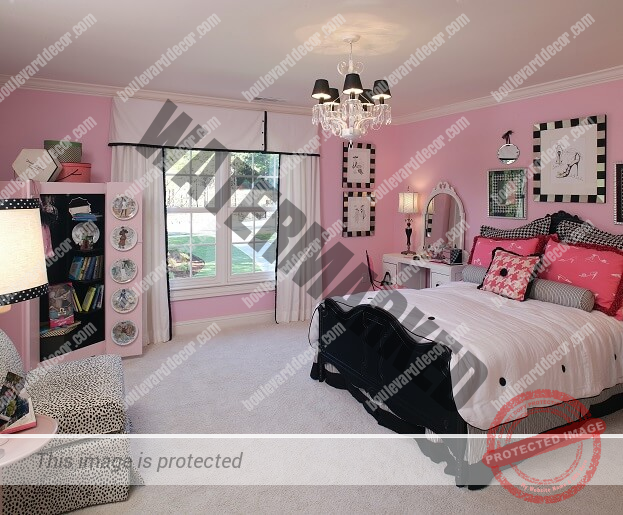
When using this technique, remember that the darker shade of color you choose, the more apparent the effect.
Lavender Living Room: Calms the nerves, allows relaxation
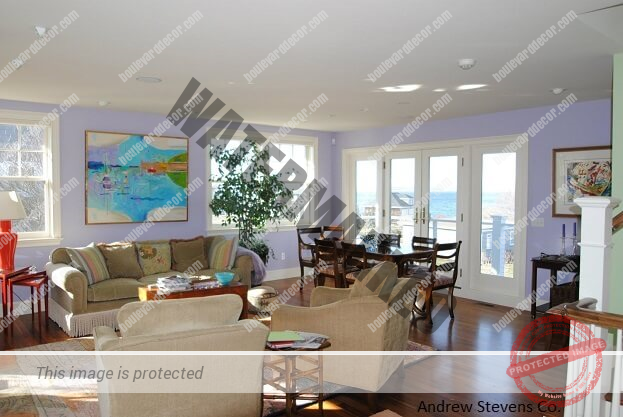
Blue Office: Most productive color
These days we’re all super busy, and we’re always aiming to be as productive as possible. Make sure the color of paint in your working rooms are productive and give off plenty of energy.

Yellow Kitchen: Increases metabolism, brightens room, gives you energy
When all else fails, look to nature. It is suggested that when using color psychology in your home, you should choose paints that remind you of nature. Colors that appear in nature will blend perfectly in your home interior. However, with the exterior of your home, bright colors are, more often than not, the best choice for a more welcoming living space.
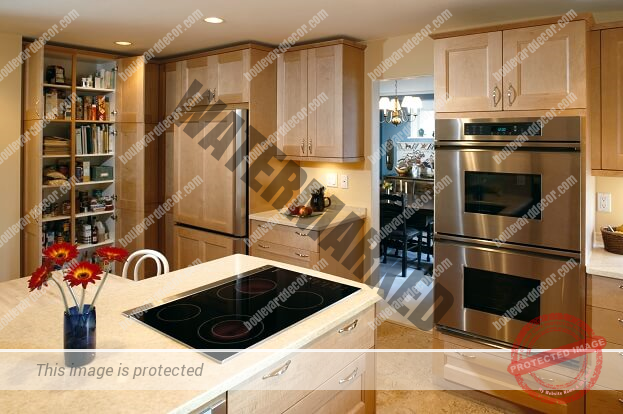
You should always feel free to be as creative as you would like with your own home projects.
Use Color as A Mood-Lifting Design Tool
As a homeowner, you strive to keep your family and loved ones safe, happy and healthy. Your paint color (and colors you use to decorate your home) can have a profound effect on the emotional well-being of you and your family. “What color you paint your walls isn’t just a matter of aesthetics. It’s a tool that can be leveraged to affect emotions and behavior,” according to Leslie Harrington (a color consultant and a noted expert on the use of color in residential and industrial décor). So where should you start?
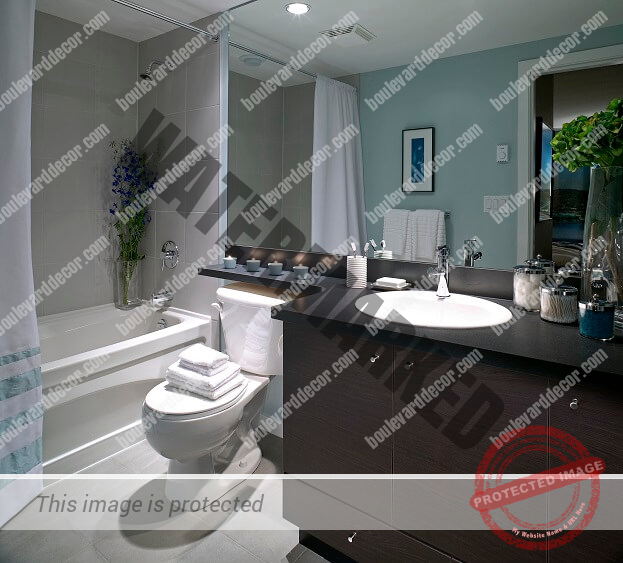
Color consultants say you should consider the primary function of the room first. Next, experts suggest you pick a predominant (key) color. The key color is the dominant color in a color scheme or composition. Color Schemes are combinations of colors that create a pleasant and harmonious balance. The idea with color schemes is simply to give you the predominant colors with which you are building everything else. It is important to note that when a scheme is selected for a project, particularly painting, the artist can also use other colors to supplement the chosen combination.
Pantone Inc. has studied how color affects us and has interesting information on how color psychology works. Yellow, orange and red are associated with the heat of sun and fire; blue, green and violet with the coolness of leaves, sea and the sky. Using warm colors for foreground and cool colors for background enhances the perception of depth.
Red Dining Room: Encourages appetite
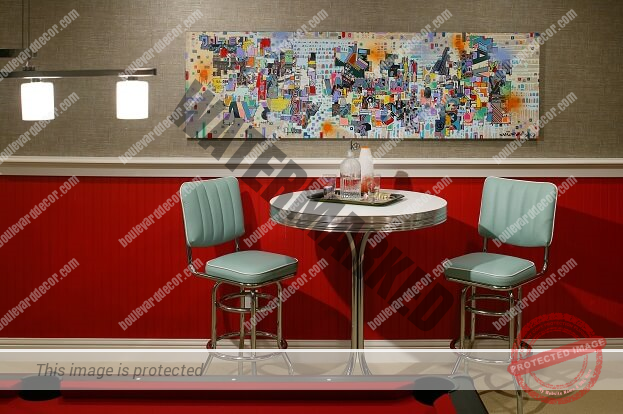
Color is light and light is energy. Scientists have found that actual physiological changes take place in human beings when they are exposed to certain colors. Colors can stimulate, excite, depress, tranquilize, increase appetite and create a feeling of warmth or coolness. This is known as chromodynamics.
For example, an executive for a paint company received complaints from workers in a blue office that the office was too cold. When the offices were painted a warm peach, the sweaters came off even though the temperature had not changed.
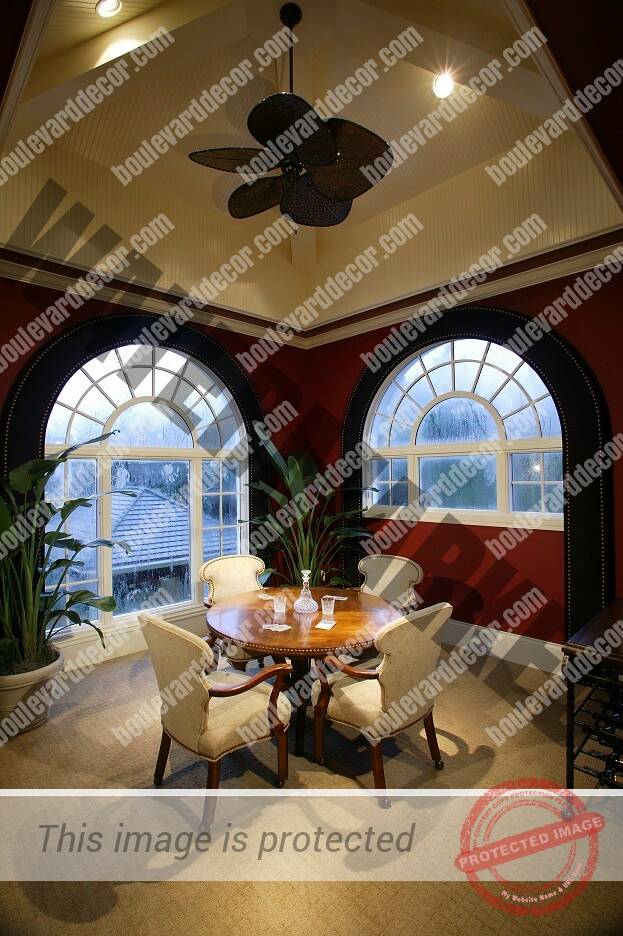
Conclusion
Paint color matters and as a homeowner, it is critical to be educated on the topic. Instead of grabbing a bowl of ice cream to lift your mood, turn to color. Color is a powerful design tool that can make the rooms in your home feel more calm, cheerful, comfortable or dramatic. Most importantly, don’t forget to have fun with it!
AUTHOR: Curated from Improvenet.com



